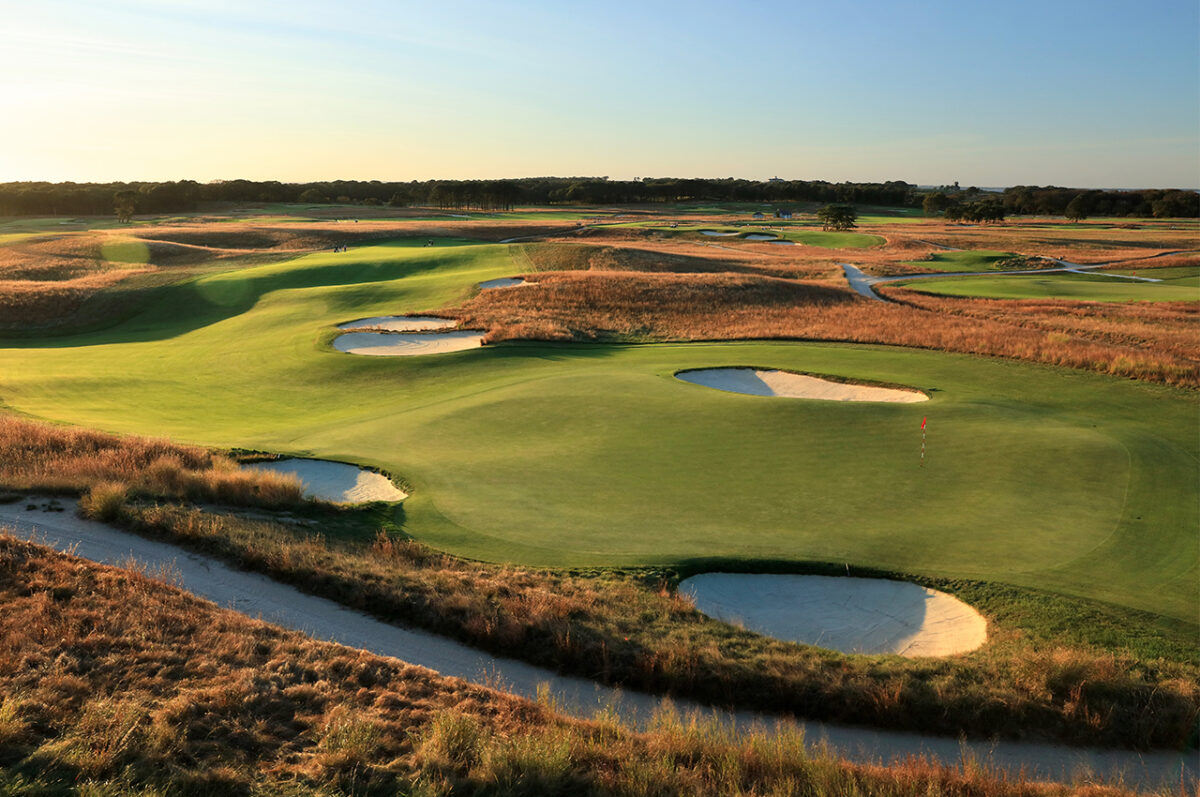Heading into last year’s U.S. Open at Winged Foot, Jordan Spieth was lost. At Torrey Pines, he’s on the upswing.
Heading into last year’s U.S. Open at Winged Foot, Jordan Spieth was lost.
“Oh, boy, here we go,” he remembered thinking as he went to the first tee for the first round and then began his slow march to a missed cut.
Leading into this year’s Farmers Insurance Open at Torrey Pines in San Diego, Spieth had yet to find the light to guide him out of the abyss in which he was wandering, his past form that took him to No. 1 in the world and earned him major triumphs in the 2015 Masters, 2015 U.S. Open and 2017 Open Championship still out of his reach. He missed the cut and fell to 92nd in the world, his worst rank in nine years.
But ahead of this week’s U.S. Open on the South Course at Torrey Pines, the double whammy won’t clobber Spieth, who is no longer in the dark, his form having returned after a long grind and his confidence much improved.
“I was out here yesterday with Michael (Greller, his caddie), and I’m like, man, I remember this shot just being no chance earlier this year, and now I feel really comfortable about it,” Spieth said Tuesday at Torrey Pines.
Turns out, his missed cut in the Farmers in January wasn’t without its rewards as he once again started to dial into what he calls his DNA.
“Just started to really get a good grasp on what things are supposed to feel like through impact,” Spieth said. “What I did that was such an advantage for a long time, my DNA and where I’d gotten off, and then working my way to get back to that feel through impact.”
His name became a fixture high on the leaderboards – in five weeks he tied for fourth in Phoenix, tied for third in Pebble, tied for 15th in Los Angeles and tied for fourth in Orlando.
After a T9 in Austin, he won the Valero Texas Open in San Antonio, his first victory in nearly four years. In his last five starts, he has three top-10s, including a tie for third in the Masters and a runner-up finish at Colonial.
“I’m in a position where I think I can stand on the 10th tee on Thursday and win this golf tournament,” he said. “As much as you want to say that you can fake it ’til you make it, I needed that confidence between then and now to really think that standing on the tee.
“I’m still not where I want to be in my swing, even though it’s working the right way; got a little off the weekend at Colonial through (the Memorial). So still a little teeter tottering, trying to get it to move forward.
“But I think back sometimes, and I’m like, man, I’m appreciative of where I’m at because I hope to be back thinking this way, feeling this way, when it didn’t seem like I could get out of the way I was thinking and feeling.”
Yes, he’s in a much better spot these days even with a sore foot. Spieth jammed his right foot while carrying his golf bag leaving the golf course recently. He said he’s had trouble pushing off his right foot – specifically because of a sore heel – but he anticipates no problems ahead.
“It’s been hurting, but it’s nothing that I’m going to do more damage to or anything like that, so I’m fine,” he said. “Yesterday was better than the day before, which was better than the day before. So, I assume just continue treatment and rest, and it should be fine.”
As for Torrey Pines, Spieth doesn’t have much success to fall back on – in six starts in the Farmers, he’s missed the cut three times and his best finish was T19. But he’s Spieth again. He’s Jordan doing Jordan things again.
“In a U.S. Open when you’re really struggling off the tee, it’s just not going to go well. You could get away with it at other places but not at a U.S. Open,” Spieth said. “I’ve had success maybe once on this course, so I’m probably going to need to reshape the game plan a little bit to maintain that confidence through the week and kind of have the right idea.
“I think being in a better place allows me to feel like I’m going to tee off with a little more patience that, if I do make a couple bogeys, it’s fine, because I feel like I’m going to make some birdies, versus, oh no, the wheels are coming off.”
[mm-video type=video id=01f862b097a3dvvwpxnh playlist_id=01es6rjnsp3c84zkm6 player_id=none image=https://images2.minutemediacdn.com/image/upload/video/thumbnail/mmplus/01f862b097a3dvvwpxnh/01f862b097a3dvvwpxnh-0e5211548e7ed43a3ce5084fcc76fca3.jpg]









